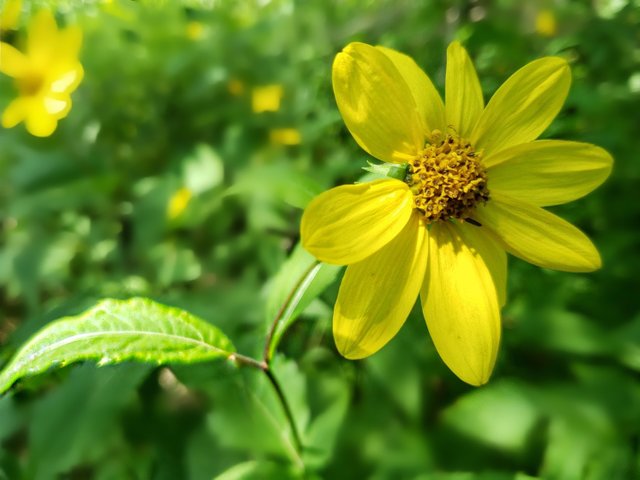Wild Foraging: the Jerusalem Artichoke
Meet the Jerusalem Artichoke, also known as: sunroot, sunchoke, earth apple, or topinambour. This beautiful plant is a species of sunflower native to eastern North America. It is widely cultivated for its tuber in the temperate zone, but it can also be found growing wild.
The Jerusalem Artichoke has a rich, long history of being used as a food source. First by the Native Americans who mastered its cultivation, and then the European explorers and settlers upon their arrival to the Americas.
Interestingly, the root of this plant is not only known as a food source, it also has been identified as being a potential remedy for diabetes.
This is one of those gold mine wild foraging plants. If you happen to find a patch, and we are in just the right time of year to do so, dig up a root or two. Boil them up. They are amazing.
Just be careful not to eat too much. This plant is famous for giving one the 'winds'. From the English botanist John Goodyer, circa 1620 or so- "which way soever they be dressed and eaten, they stir and cause a filthy loathsome stinking wind within the body, thereby causing the belly to be pained and tormented, and are a meat more fit for swine than men."
Oh, and one more unique use of the Jerusalem Artichoke- making booze. The German people make a drink, something like a wine, from the root. They call it Topi or Rossler or Topinambur.
That's it for now. Get out there if you live in temperate region and see if you can find some Jerusalem Artichoke.
For more information visit Wiki: https://en.wikipedia.org/wiki/Jerusalem_artichoke
